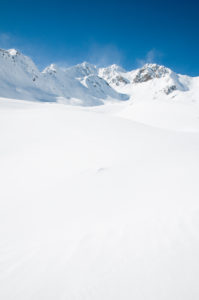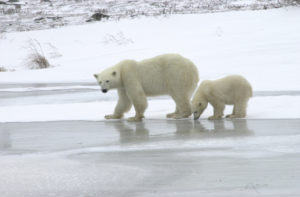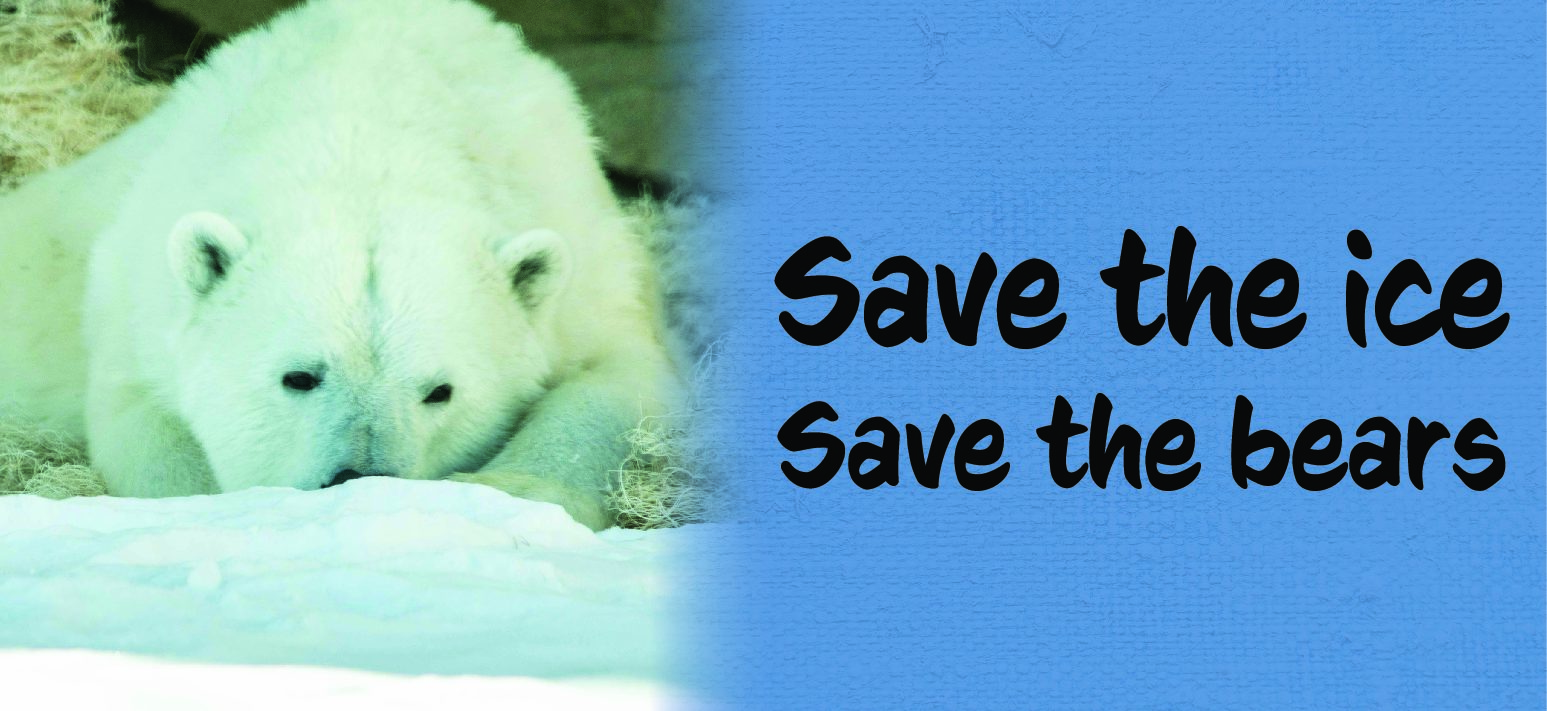Welcome to Gilbert’s Fish Market! Here, you can find all your fresh and frozen fish needs. Whether it be herring, capelin, salmon, smelt or mackerel; Gilbert’s has your and our bears’ fish needs covered! At Gilbert’s, we have taken a long look at the future of our fishing needs and realized that action is needed today to ensure a future for our business, as well as all other business as we know it. The actions that we need to take, from Louisville to Churchill and across the globe, are to save the Arctic sea ice.
The problem

All life on our planet is reliant on the energy we get from the sun. For millions of years, this energy has been both absorbed by our planet as well as reflected away to give us the perfect amount of energy to keep our climate systems in balance. In recent times, this balance has shifted and we are seeing our climate become less and less predictable – and that is only the tip of the iceberg. As the planet warms, we begin to lose the sea ice in the Antarctic and the Arctic; or as many of us may know them, the North and South Poles. These vast areas of white snow and ice reflect a massive amount of the sun’s rays and cool our oceans.

Due to this loss of sea ice, dark ocean waters are revealed to the sun, which absorb energy and create a compounding effect that can be felt across the globe. As more energy is absorbed by these dark waters, our oceans continue to warm and the sea ice that reflects so much of the sun’s energy is formed later in the season and becomes smaller. This effect continues to compound, and so the ocean gets warmer while our sea ice gets smaller every year. This is a big problem for humans and our entire planet, but the most obvious species that is put at risk by this is polar bears.
Polar bears rely on Arctic sea ice for many of their needs. Mother bears may make dens in the ice to protect their cubs from the chilling cold until they are old enough to follow her, but the most important thing that sea ice provides for the bears is food. Ringed seals are the primary food of polar bears; these fatty seals provide the bears with all the energy they require to survive in the Arctic. Polar bears rely on the sea ice because these seals rely on the sea ice. The seals cut breathing holes into the sea ice, which bears use to find the seals and stalk them.
Mother bears may make dens in the ice to protect their cubs from the chilling cold until they are old enough to follow her, but the most important thing that sea ice provides for the bears is food. Ringed seals are the primary food of polar bears; these fatty seals provide the bears with all the energy they require to survive in the Arctic. Polar bears rely on the sea ice because these seals rely on the sea ice. The seals cut breathing holes into the sea ice, which bears use to find the seals and stalk them.
Without the sea ice, bears are unable to hunt and must turn to alternate solutions to satiate their hunger. This can mean cannibalism on other polar bears, which scientists believe is increasing due to hunger stress caused by the sea ice melting and scarcity of seals. This can also mean conflict with humans and towns. Polar bears are opportunistic, and will eat nearly anything to get the calories they need; this along with increased human activity in the Arctic is causing an increasing amount of human-bear conflict. Hungry polar bears will search through towns, raid trash cans and dumps, break into cars or buildings, or even attack humans. This leads to incredibly difficult decisions that put the interest of people and polar bears at odds with each other and will lead to polar bear populations declining.
What can I do?
Manmade climate change is caused by the buildup of greenhouse gasses in our atmosphere. These gasses are generated by industrial farming, as well as by the energy we use to power our houses and cars. The solution to climate change is to reduce the amount of greenhouse gasses we produce and offset the gasses we do produce by “catching” them before they cause harm by being absorbed into our oceans or atmosphere. That may seem impossible, but here are a few things we can all do to save Gilbert’s, save the ice, and save the bears.
- Replace energy inefficient bulbs for energy efficient ones such as LED.
- Support renewable energy like solar or wind.
- Reduce your car’s emissions by turning it off when idling for 15 or more seconds, carpooling, using public transit, switching to electric, biking or walking.
- Vote and speak up about climate change.
- Reduce AC/ heat usage in your home, school or office.
- Cut down on environmentally costly foods like meat, and buy locally grown food whenever possible.
- Talk about climate change and climate solutions.
- Support your Louisville Zoo in order to better understand polar bears and ensure a future for the species.
Additional resources
Louisville Zoo conservation partner/ polar bear authority Polar Bears International
The 2020 edition of Toyota Backyard Action Hero is dedicated to at home science, and focuses on the warming Arctic and threats to polar bears.

